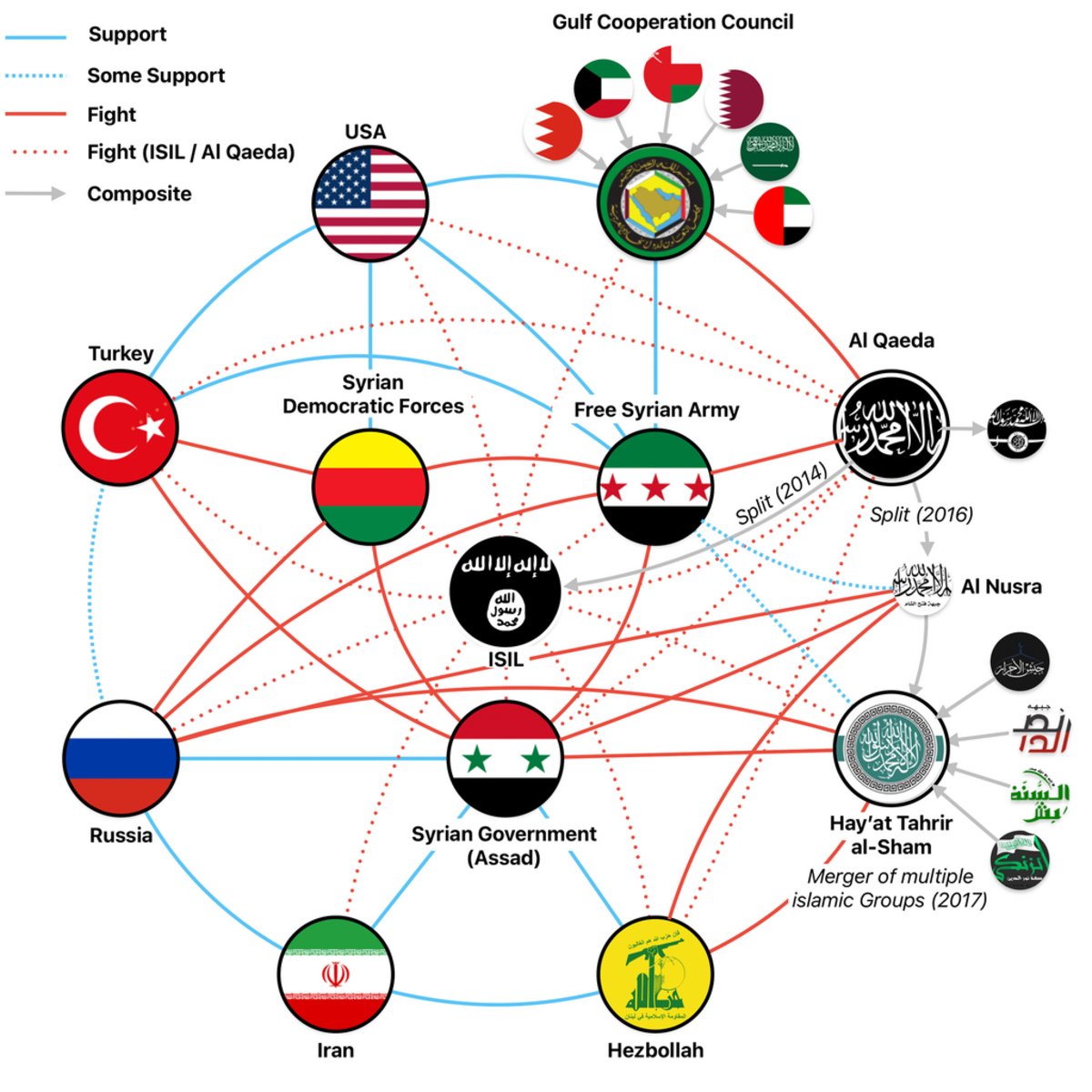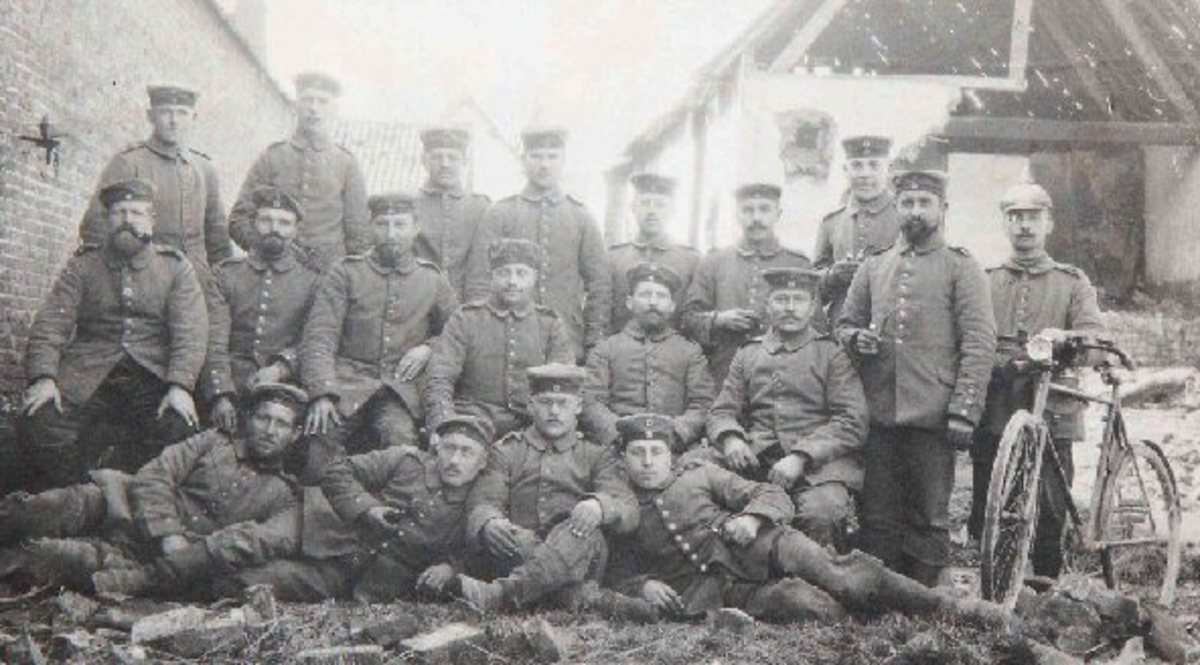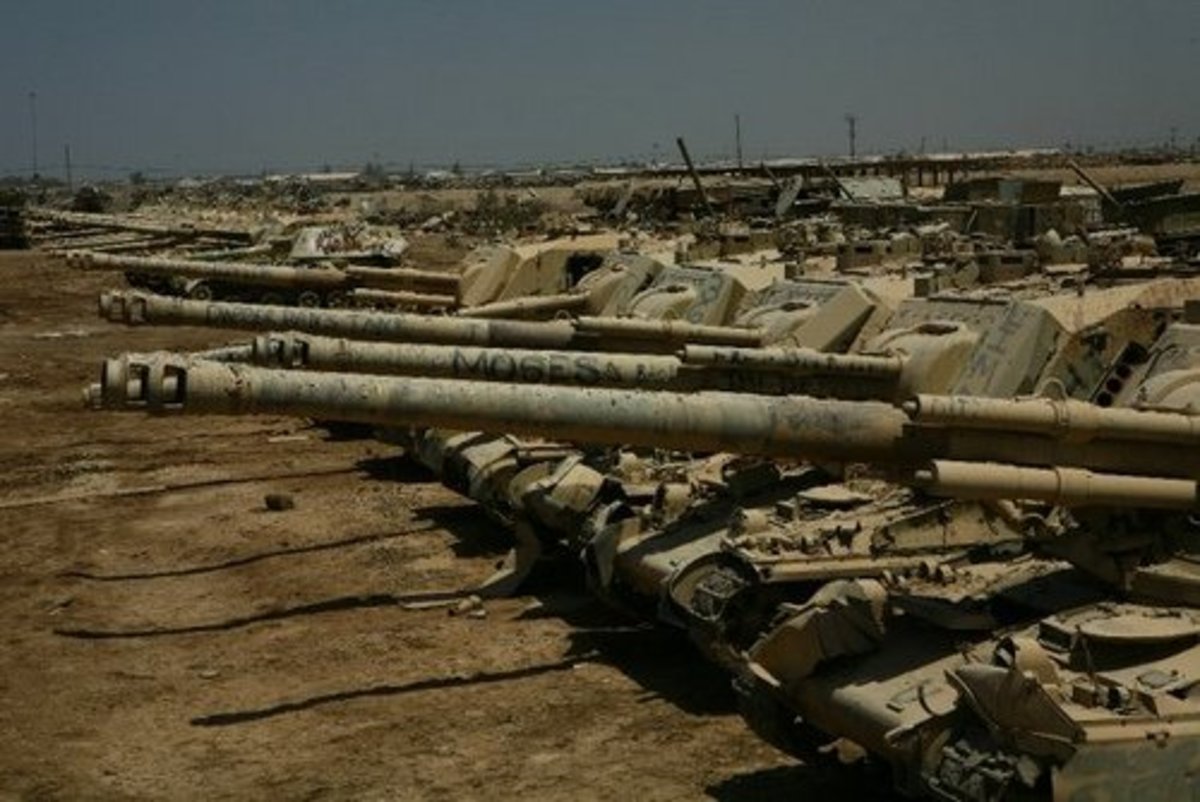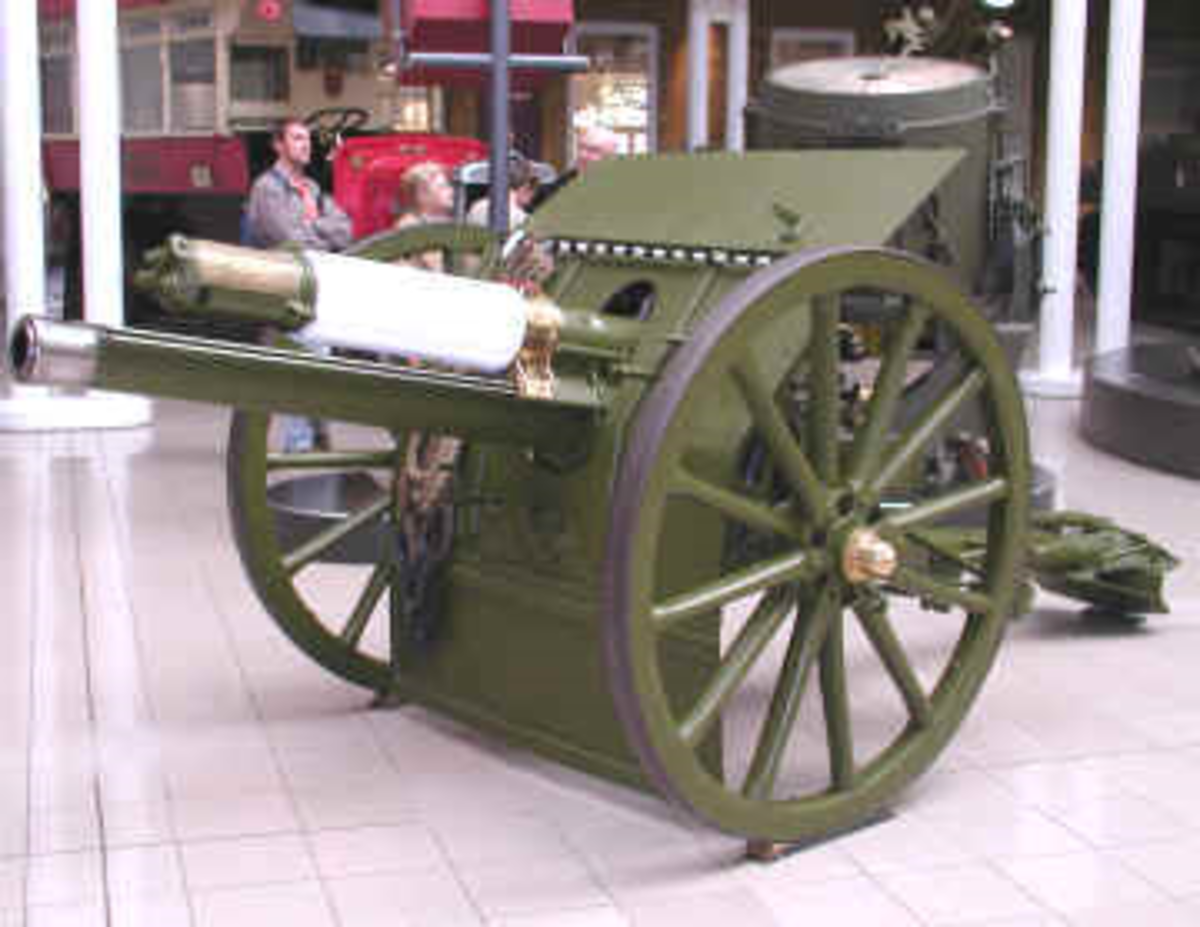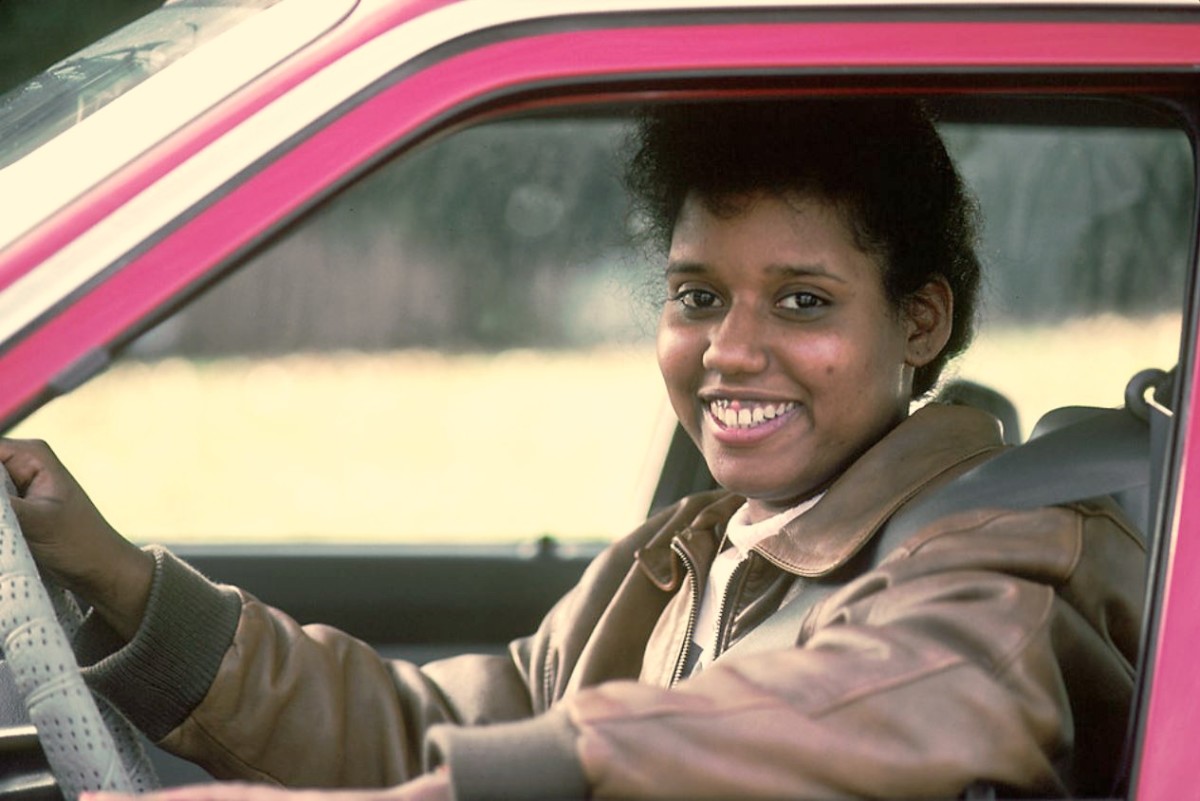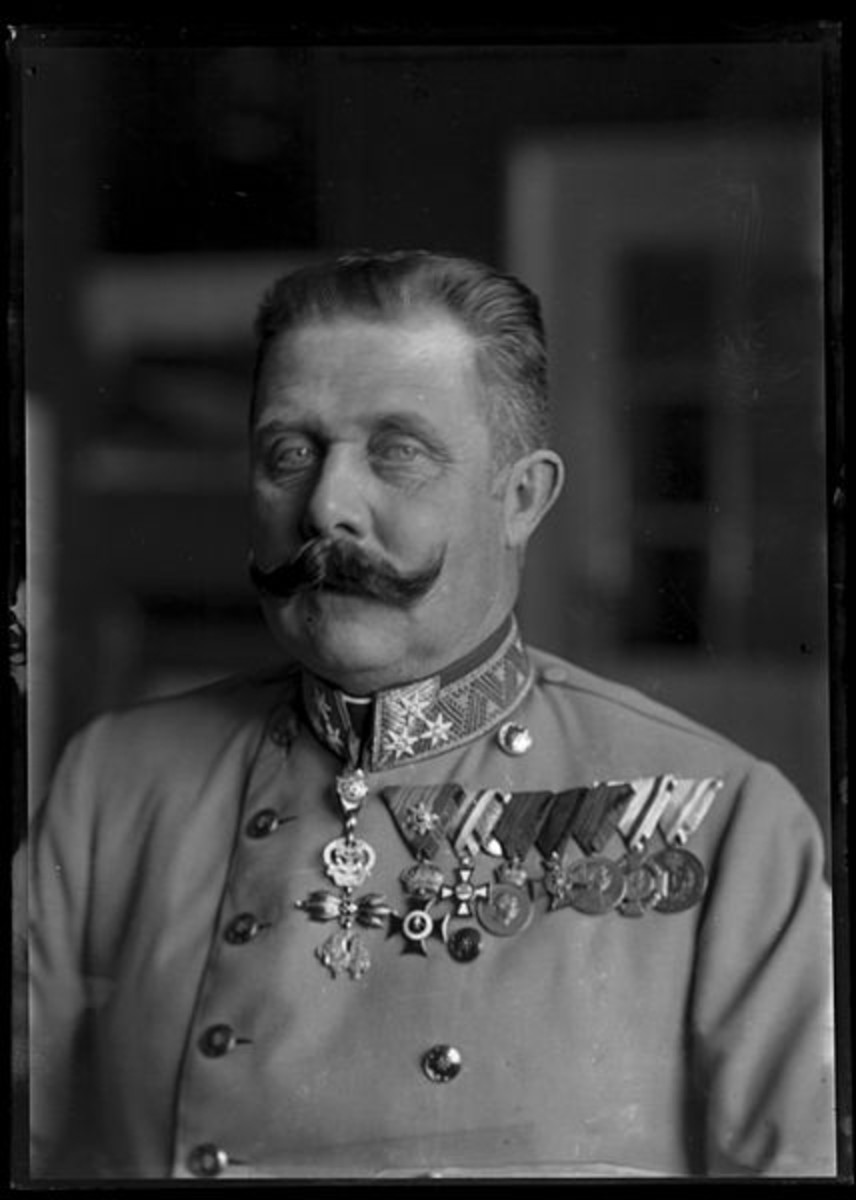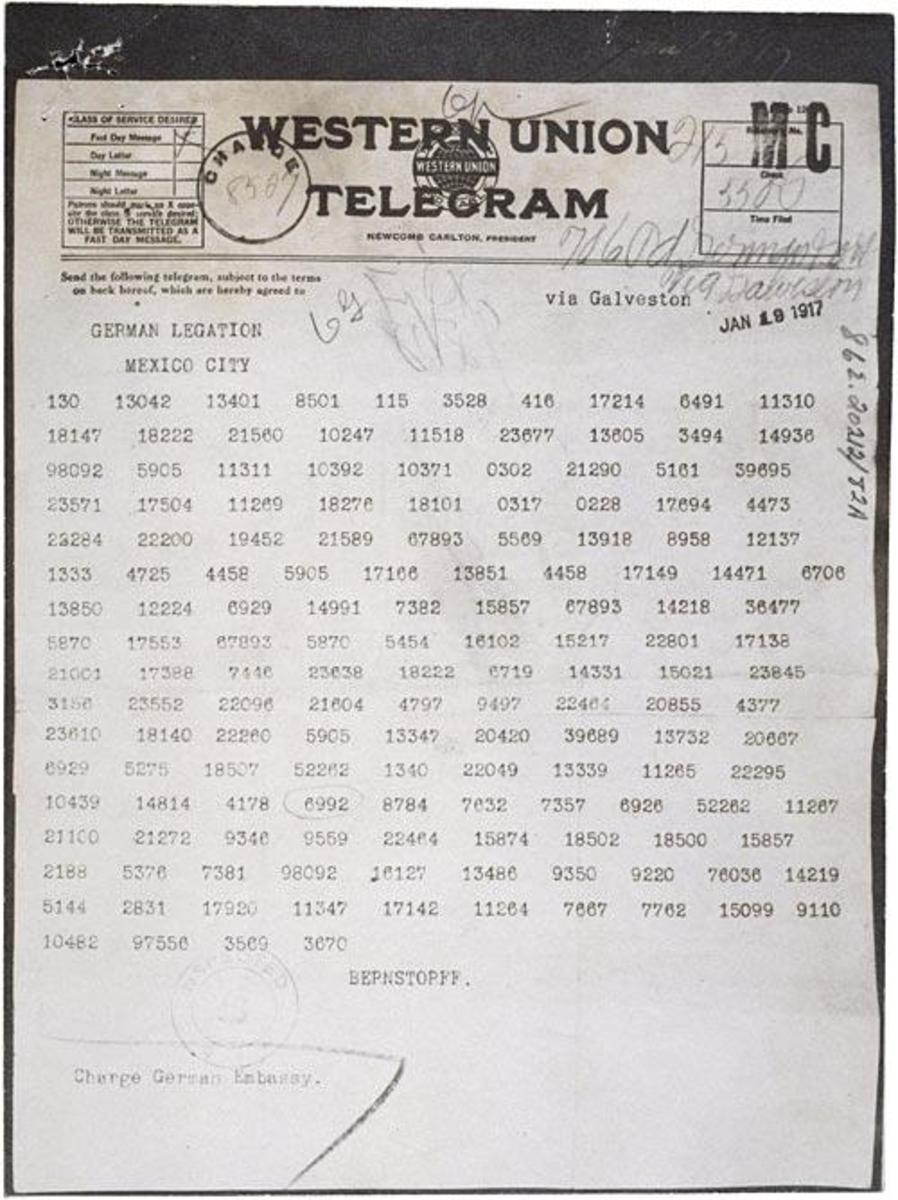- HubPages»
- Education and Science»
- History & Archaeology»
- History of the Modern Era»
- Twentieth Century History»
- World War I
World One War: Armoured Rubies of the Desert
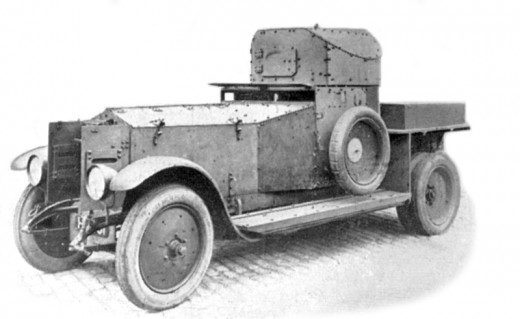
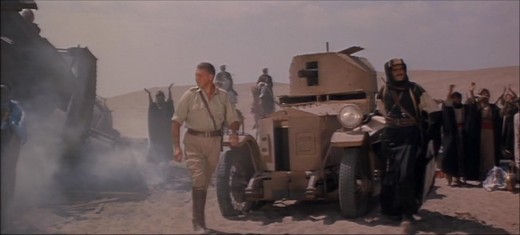
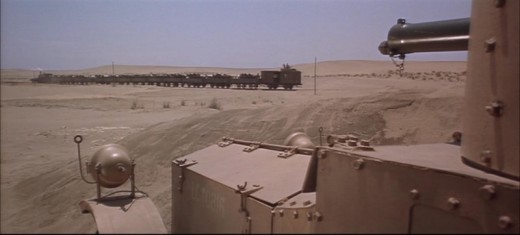
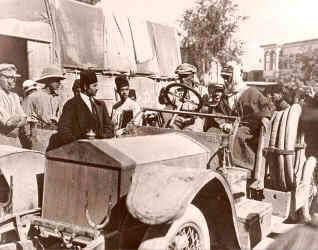
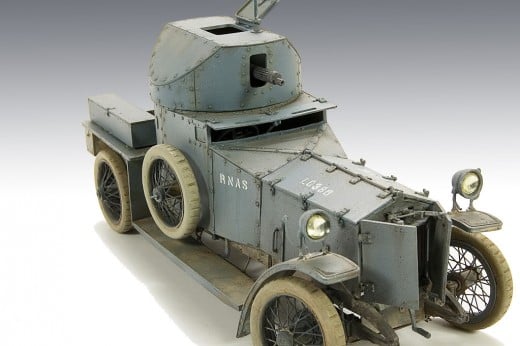
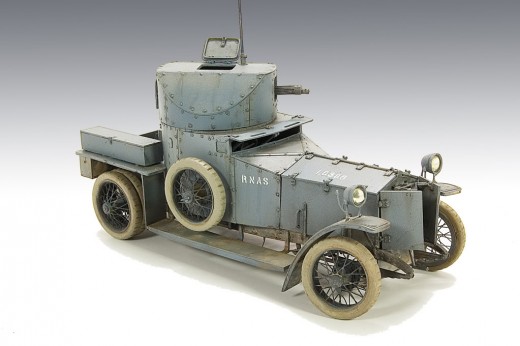
One of the most famous vehicles of World War One captured, in its glistening steel, the romance and adventure of the Arabian Campaign of the Great War.
The Rolls-Royce Armoured Car was a unique machine which was created under short notice and served throughout the First World War, Inter-War Period and the Second World War.
In 1914, the RNAS (Royal Naval Air Service) created the first Armoured Car Squadron. By September 1914, all available Silver Ghost Chassis were requisitioned by the British Government to form the base of the new armoured car. By Christmas 1914, a special committee of the Admiralty Air Department designed the superstructure which comprised of an armoured body and a single turret for a Vickers Machine Gun.
The first vehicles were delivered by the 3rd of December 1914, however by that point; mobile warfare had come to an end on the Western front.
In total, six RNAS Rolls-Royce Squadrons were formed, comprising of 12 vehicles each. The new armoured ‘ghosts’ first foray against the enemy was at Gallipoli in the spring of 1915. The vehicle and its performance proved so successful, robust and sturdy that the British High Command opted for the vehicle to be used in other theatres. Despite the vehicles excellent performance, the units were broken up from August 1915 and the materials handed over to the Army which used them as ‘Light Armoured Motor Batteries’. Proving that the vehicle was unsuited to the muddy conditions of the Western Front, the Squadron stationed in France was shipped to Palestine.
Armoured Rolls-Royces were to prove invaluable to the sweeping rage of war in Arabia and to the most iconic figure of that theatre, Lt. Col T.E. Lawrence. Lawrence used armoured cars on a number of his expeditions and raids and noted that the cars were ‘more valuable than rubies’ for desert action. In the end, Lawrence would command a unit of 9 Rolls-Royces and cause mayhem and destruction with them in Arabia. In his book ‘Revolt in the Desert’ Lawrence praised his armoured cars as ‘that most involved and intricate weapon’. In a daring and ‘boys own adventure’, Lawrence described using his cars on a one day mission to blow up bridges, railway track and to capture a Turkish fort.
Despite its glorious actions, the production of the cars chassis was stopped in 1917 which enabled Rolls-Royce to concentrate on aircraft engines.
The armoured car had a 6 cylinder water-cooled 80hp and weighed in at 19 hp/tonne. In order to combat the rough terrain of Palestine and Arabia the cars suspension was made up of 4x2 wheels (double rear wheels) leaf spring suspension. The operational range stood at an amazing 150 miles and its top speed on flat open ground was 45mph. This armoured car was indeed a solid fast attack vehicle.
In the Inter-War period, the vehicle was subsequently modernised in 1920 and 1924 which resulted in the Rolls-Royce 1920 Pattern and the 1924 Pattern.
The armoured car was extensively used in the immediate post-war conflicts such as the Revolt in Iraq in 1920, the Anglo-Irish War and the Irish Civil War 1922-1923. Thirteen models were in fact given to the Irish Free State by the British Government in order to fight the IRA. These proved invaluable in the bitter street fighting and the protection of convoys against IRA attacks.
If YOU would like to read, know and learn more about World War One, Irish Civil War and the revolt in Iraq plus much much more....check out my magazine at the links below and sign up to get your FREE edition....

